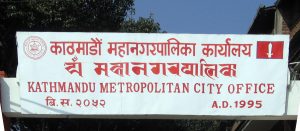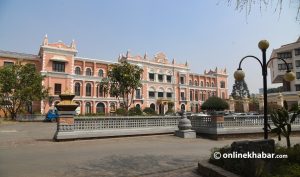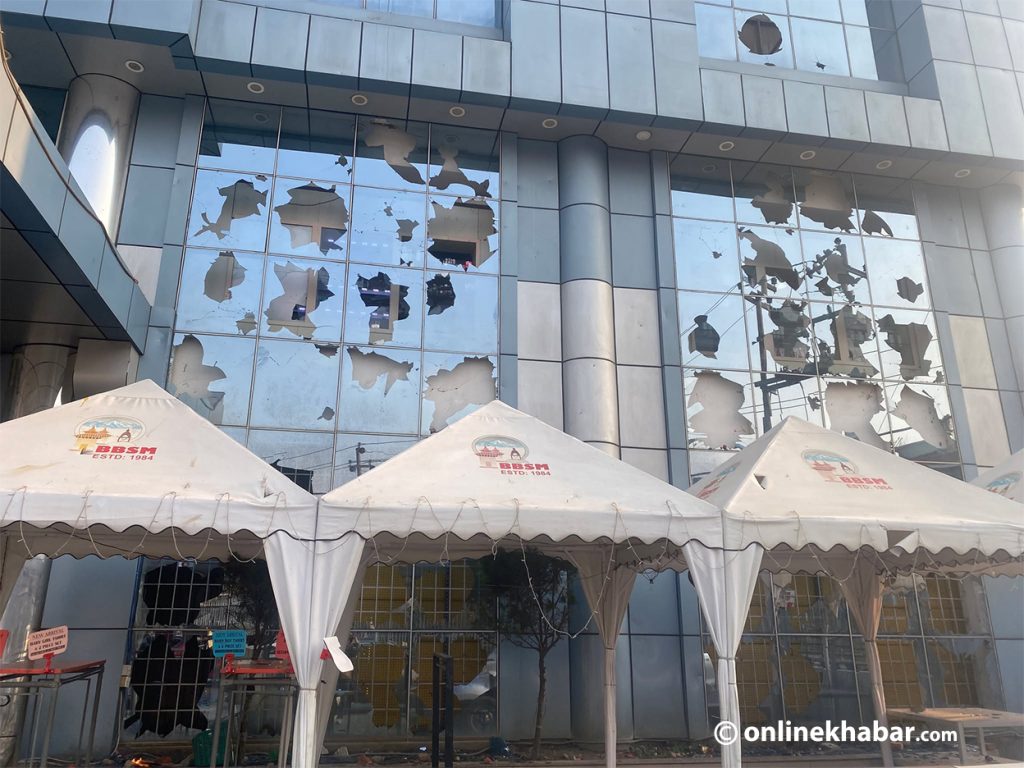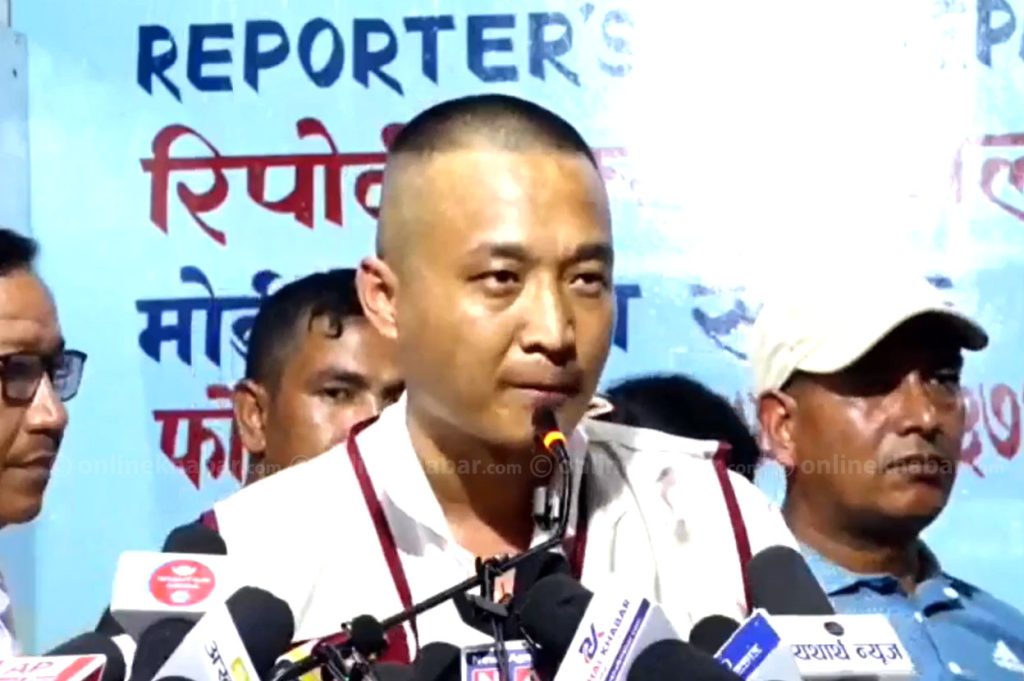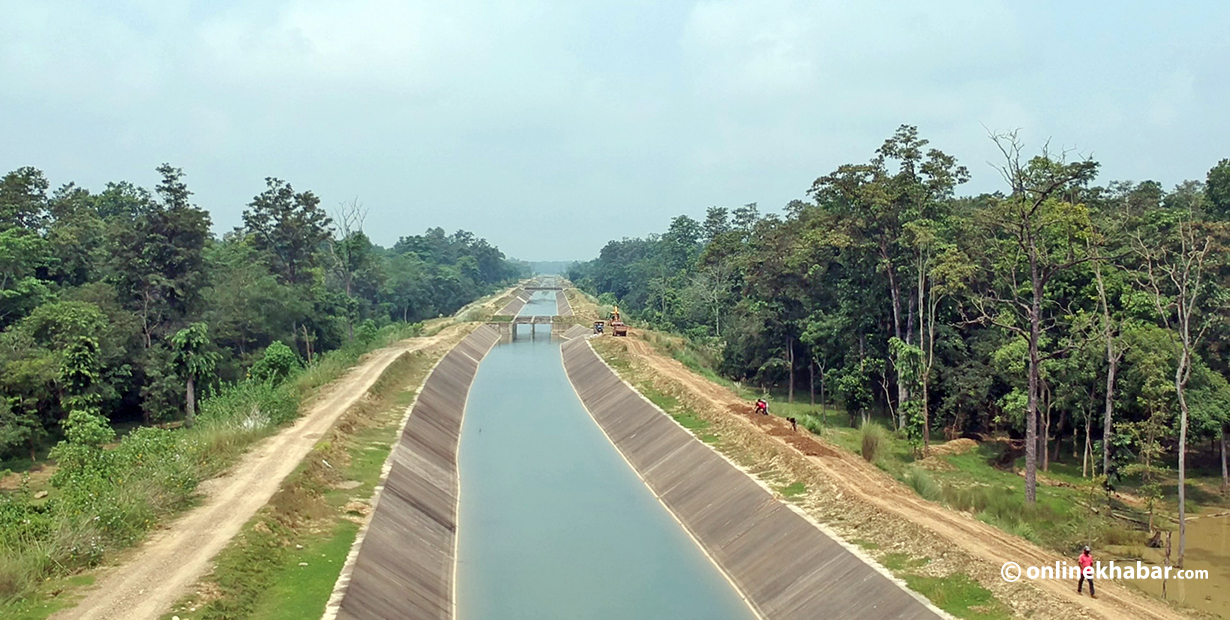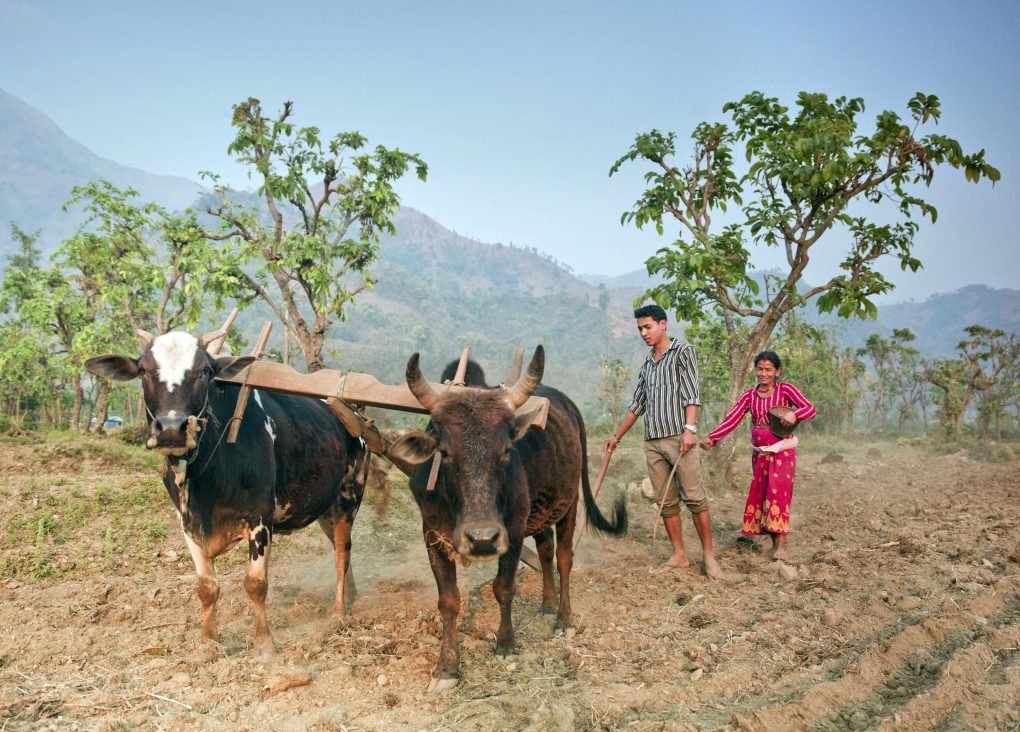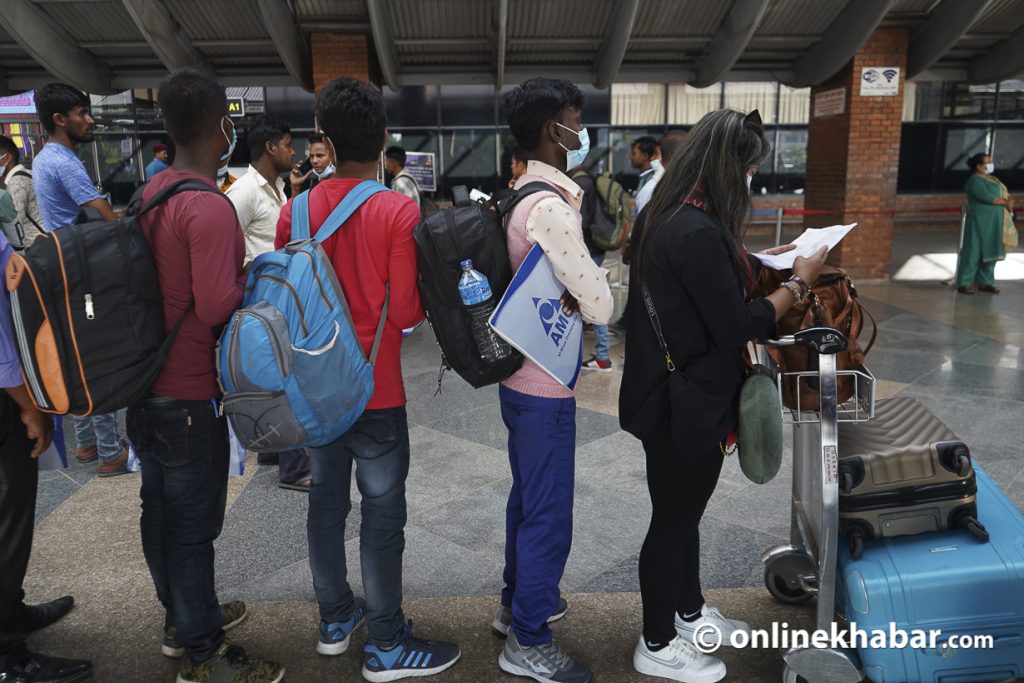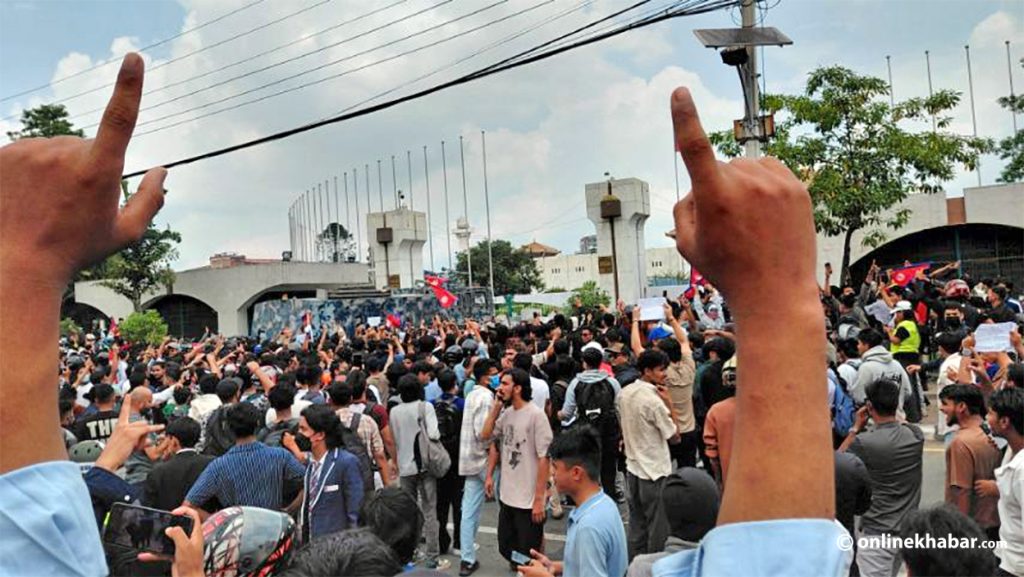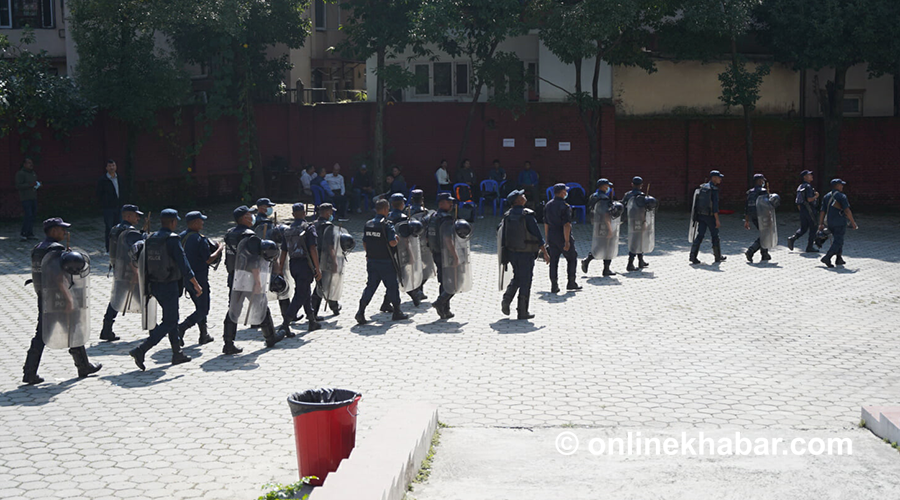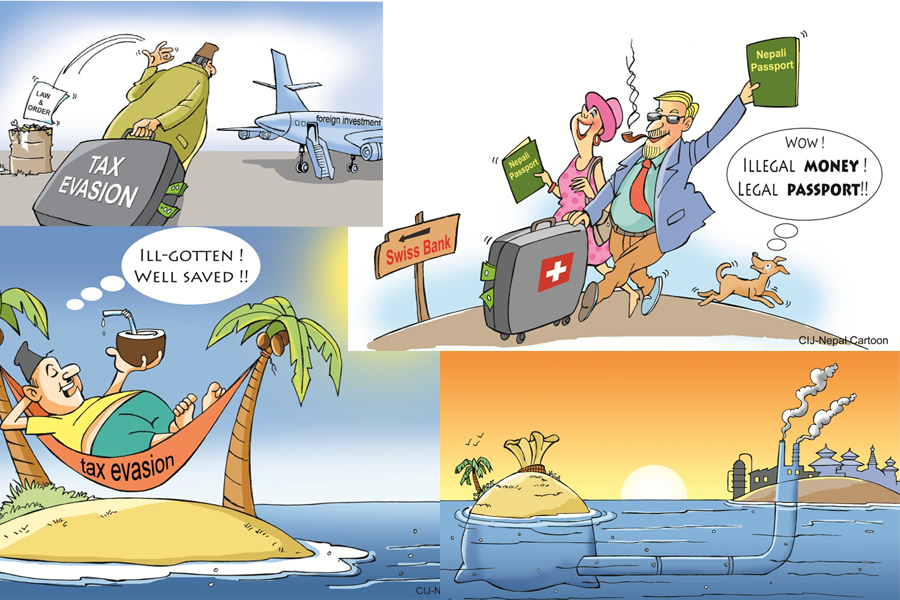
Centre for Investigative Journalism Nepal on Wednesday released a report on how established and emerging business houses in Nepal are bringing investments from the countries and territories that harbour foreign illegal wealth for running cement factories, trade in betel nut and hotels. The five-part report is available on CIJ’s website.
Here, we have tried to answer some fundamental questions surrounding the report:
What is NepaLeaks?
NepaLeaks is a report prepared by the Centre for Investigative Journalism Nepal (CIJ Nepal). It is the outcome of a year-long investigation conducted by CIJ in collaboration with the International Consortium of Investigative Journalists (ICIJ).
It is supposedly Nepal’s largest-ever revelation of information about illegal wealth. It has five parts.
The revelation has named and shamed various Nepali businesspersons and politicians who have invested money abroad. The report also shares names the businesspersons, who with the help of tax havens like the British Virgin Islands brought the money back into Nepal as foreign direct investment.
Who investigated it?
The report is based on an investigation done by the CIJ with the help of reports provided by ICIJ. Various international reports and documents released in 2017, such as Swiss Leaks, Offshore Leaks, Panama Papers and Paradise Papers were studied as bases for the research. The CIJ team members include journalists from various Nepali media houses.
Its editor is Shiva Gaule whereas its executive board includes Namrata Sharma, Dhruba Basnet, Ramji Dahal, Indra Shrestha, Chandra Kishore Jha, Indira Aryal, Rabin Sayami, Kiran Nepal and Nirmala Sharma. CIJ also took help from other journalists from Nepali media houses to finish this report.
During the probe, they went through 3,000 pages related to Nepal from around 28,000,000 pages from the leaked documents. CIJ interviewed nearly 70 individuals including office staff, their helpers, relatives and stakeholders directly linked with the issue. They pored over documents made available by the ICIJ, investigative journalists from six countries, offices of the company registrar and court orders.
What is in the report?
The report shows how over 50 Nepalis have invested in several foreign countries. The report suggests that nearly a dozen business groups are involved in channelling their illegal wealth abroad and bringing the money back into the country in the name of foreign direct investment (FDI).
NepaLeaks explains their modus operandi and how it affects the country. The report explains how money was taken out of Nepal during the insurgency period and deposited in banks around the world. The report adds that money deposited in the foreign banks doubled in the 10 year insurgency period. It is believed that the wealthy in Nepal wanted their money to keep safe from the Maoists.
Most names were already known to the public. However, names of businessman Ajeya Raj Sumargi and politician Rajendra Bajgain come to many as a surprise.
Is it illegal to invest abroad?
Yes, Nepal’s law bars Nepalis from investing abroad. The Act Restricting Investment Abroad, 1964 bars Nepalis from investing in a foreign country, so as to encourage investments for the national development as Nepali economy is struggling in itself.
A Nepali citizen cannot invest in a foreign country without permission from the government of Nepal. Non-Resident Nepalis (NRN) are allowed to do this. However, Nepali citizens, and nonresident Nepalis somehow legally, were found to have evaded Nepal’s taxes, invested money in countries where taxes are not strictly enforced, and repatriated the investment. Major cases of tax evasion in Nepal are also linked to this. CIJ’s investigation does not include the investments made by NRNs in countries having transparent financial systems, but only in tax havens.
Why is investment from BVI controversial?
The British Virgin Islands, which many Nepalis may have hardly heard about, ranks third after India and China in terms of FDI volume in Nepal. Of the total Rs. 137.67 billion received as FDI in the last two decades, the share of BVI–a country of islands in the Caribbean–accounts for 45 per cent.
According to the Department of Industry, several investors within the BVI have obtained approval from the Nepal government to invest in and establish industries worth Rs 8 billion, which is 7 per cent of the BVI’s total GDP. The total area of this country is 153 square kilometres, barely as big as Ilam’s Sandakpur Rural Municipality.
The huge amount of the FDI from this tiny country is suggestive of the foul play that traders are involved in.
At a time when the government wants FDI to use it as a tool to bring in the much-required fund to boost economic activities, this has painted a negative picture of how some Nepali politicians and businesspersons are using the foreign direct investment to bring illegal funds into the country.
Who are implicated? What is their response?
Former lawmaker Birendra Mahato and his brother Upendra Mahato, Nepali Congress leader and tourism entrepreneur Rajendra Bajgain, controversial businessman Ajeya Raj Sumargi, Mercantile CEO Sanjib Raj Bhandari, Chaudhary Group MD Arun Kumar Chaudhary, Hotel Malla Chair Rama Malla are among those named in the report. The accused have refused to answer questions posed by the CIJ.
One of the accuse, IME Group’s Chandra Prasad Dhakal, however, organised a press conference on Thursday and denied the accusations.
What are the legal implications?
This document isn’t legally binding and the government cannot take any action based on this report as it doesn’t have proper proof of tax evasion. However, the government with the help of this report can launch investigations against the people who have been accused of tax evasion.
Read the full report here.




